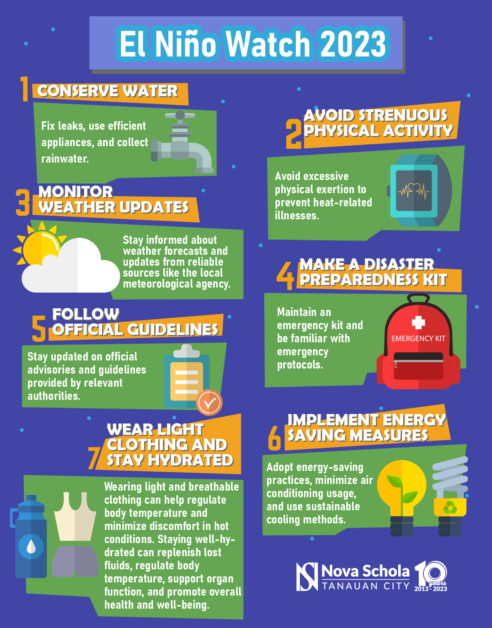Climate experts and scientists are growing increasingly concerned as the Philippines raises its El Niño Alert status, indicating the potential emergence of the weather phenomenon in the coming months. Simultaneously, global ocean surface temperatures have reached record highs, raising worries about the possibility of an impending El Niño event. The convergence of these factors has experts worried about the impact on weather patterns, agriculture, aquatic life, and the overall climate. The Philippine Atmospheric, Geophysical and Astronomical Services Administration (PAGASA) has issued an 80% probability of El Niño occurring from June to August, with potential dry spells and droughts. In April, ocean surface temperatures hit a record-breaking 21.1°C globally, surpassing the previous record set during the 2016 El Niño year. These rising temperatures can trigger extreme storms, coral bleaching, and ice cap instability. The Bureau of Fisheries and Aquatic Resources (BFAR) in the Philippines is preparing for potential impacts on food production by implementing strategies to boost aquaculture. Climate experts emphasize the need for preparation, mitigation measures, and international cooperation to address the challenges posed by these climate phenomena and ensure the resilience of affected communities and ecosystems.
Click the image to enlarge
Remember, individual actions, along with collective efforts, can contribute to better preparedness and resilience in the face of El Niño’s potential impacts.


